
Drawing (on) a decade of climate change in the North
Artist Alison McCreesh’s latest book documents her travels around the Arctic during her 20s. In...
This photo essay is part of The Narwhal’s BIPOC Photojournalism Fellowship, operated in partnership with Room Up Front and made possible by The Reader’s Digest Foundation and the generosity of The Narwhal’s readers.
When Alberta-born composer Jonathan Kawchuk decided to record a new album, he had a wild idea: what if he went into the mountains of Kananaskis Country, a network of public land and parks just west of Calgary, and collaborated with the Engelmann spruce and grey jays that call the area home?
The quiet of nature, he thought, would provide him with the perfect canvas on which he could finally record his love letter to the Rockies in the form of an album, some eight years in the making.
Each day, he hauled more than 600 pounds of equipment into a remote part of what locals call K-country, in an attempt to capture the unique acoustic signature of the mountains in crisp, clean, immersive surround sound. Kawchuk played pre-recorded vocal compositions through seven speakers, then recorded the reverberations created by the interaction of the piece and the natural landscape with an array of 12 microphones.
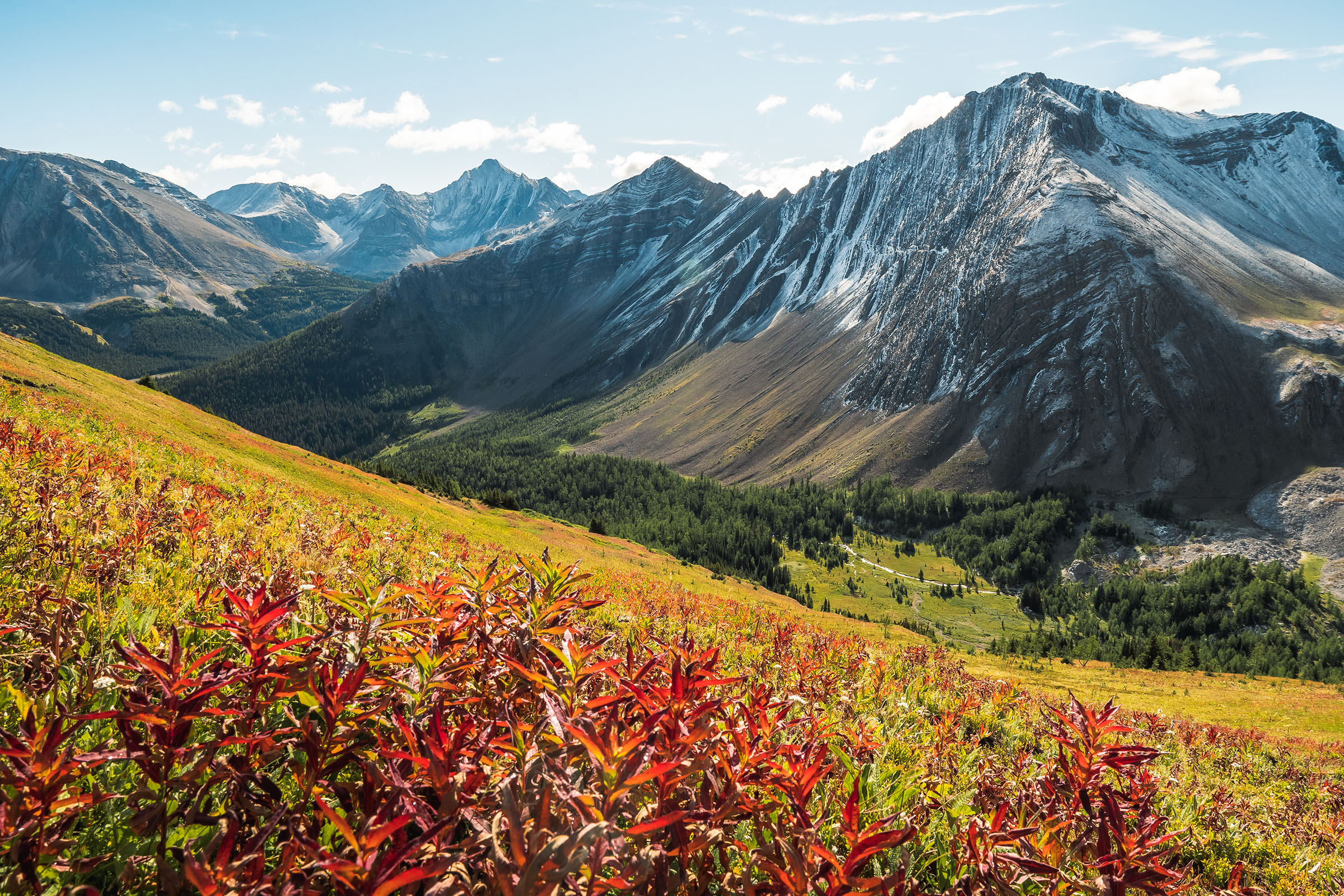
But he didn’t find the silence he was looking for. Between the incessant buzz of helicopters and the distant hum of traffic, he couldn’t find more than 10 minutes of quiet. “It was unpleasant. I didn’t like it,” he said.
The experience sent him on an unexpected journey to becoming an advocate for quiet spaces. And he’s not alone. There’s a growing movement of people dedicated to protecting quiet places, not just for the sake of human well-being, but also because the loss of quiet spaces can have significant impacts on biodiversity and ecosystem health.
After his experience in the not-so-quiet woods, Kawchuk’s journey to becoming a quiet-space advocate began through a California-based organization called Quiet Parks International.
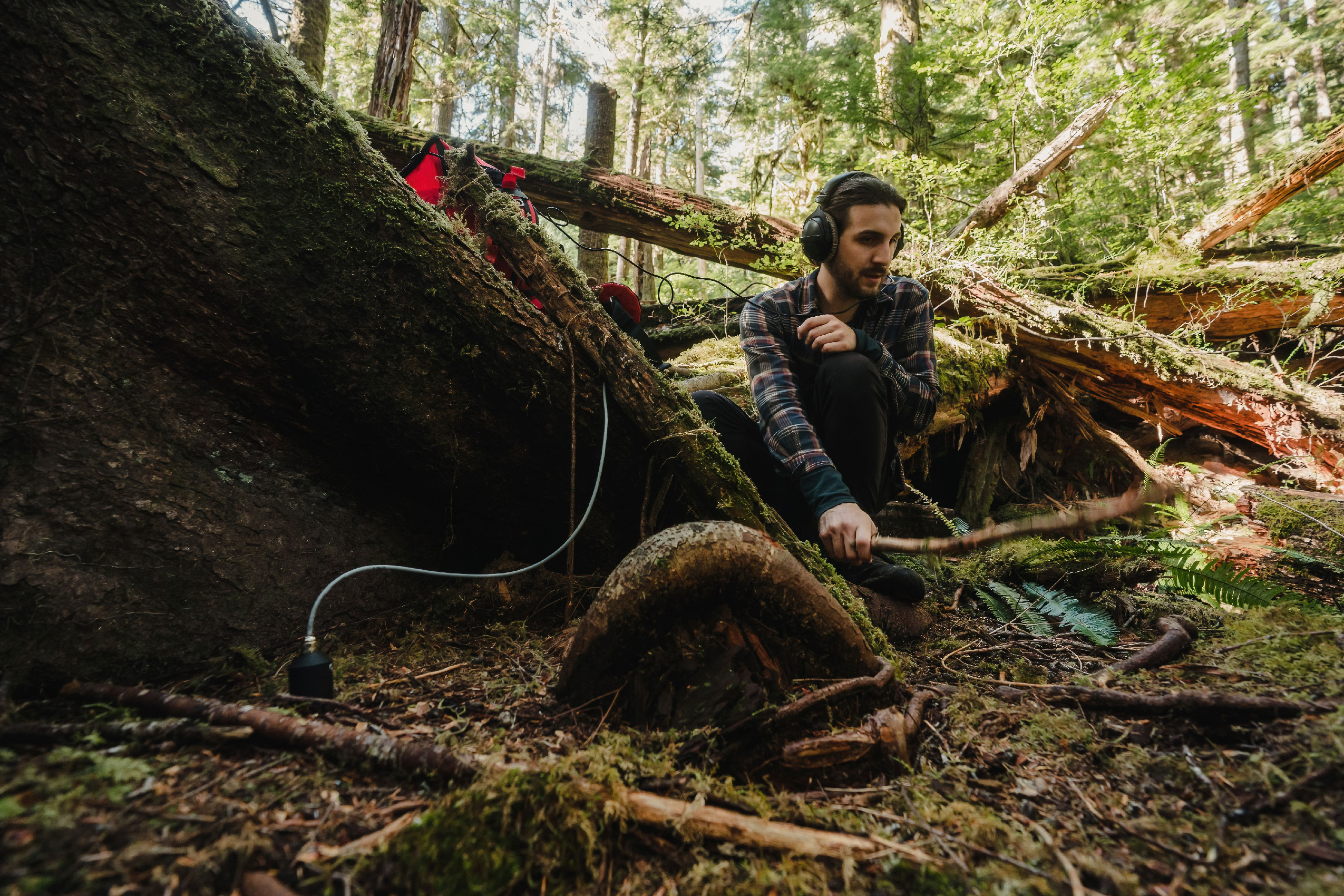
Founded by Emmy-award-winning sound engineer Gordon Hempton, the volunteer-run organization’s goal is to “save quiet for the benefit of all life.” Quiet Parks strives to protect the world’s remaining quiet places through raising awareness about the importance of quiet and working with local communities to preserve quiet spaces.
“When I found Quiet Parks it felt like a soulmate,” Kawchuk said.
Kawchuk emailed Hempton to introduce himself and share information about quiet places in Canada’s Rocky Mountains back in 2019. At the time, Kawchuk was hoping to lend a helping hand to a fellow sound recordist and nature-lover, and maybe land a spot in the monthly newsletter. To his surprise, he was asked to be the Canadian representative for Quiet Parks and has held the role since early 2019.
“The goal is not to make spaces quieter, it’s to protect areas that are already quiet,” Kawchuk explained. Many people are familiar with dark sky preserves, which provide some of the best stargazing experiences in the world. But instead of combating light pollution, Quiet Parks International tackles the problem of noise.
Sound is an indicator for the overall health of an ecosystem, according to Matt Mikkelsen, a board member at Quiet Parks International. He travels the world recording natural soundscapes and working with communities to protect quiet places.
“Why does sound matter? It’s a really good indicator for the overall health of an environment. So when you have a healthy soundscape … that also means that other parts of that ecosystem are probably also functioning pretty well,” Mikkelsen said.
Sound can be a useful tool because it reflects the biodiversity and complexity of an ecosystem. If soundscapes are monitored over time, scientists can see when new sounds enter the picture and when others disappear.
Changes in the diversity, timing or frequency of the recorded sounds can give scientists insight into how the health of an ecosystem is affected by noise pollution, climate change or habitat destruction. Whether it’s measuring the effectiveness of seabird colony restoration efforts in the Bering Sea, or estimating biodiversity loss in the Amazon following forest fires, scientists around the world are using soundscape recordings to build a more comprehensive understanding about ecosystem health over time.
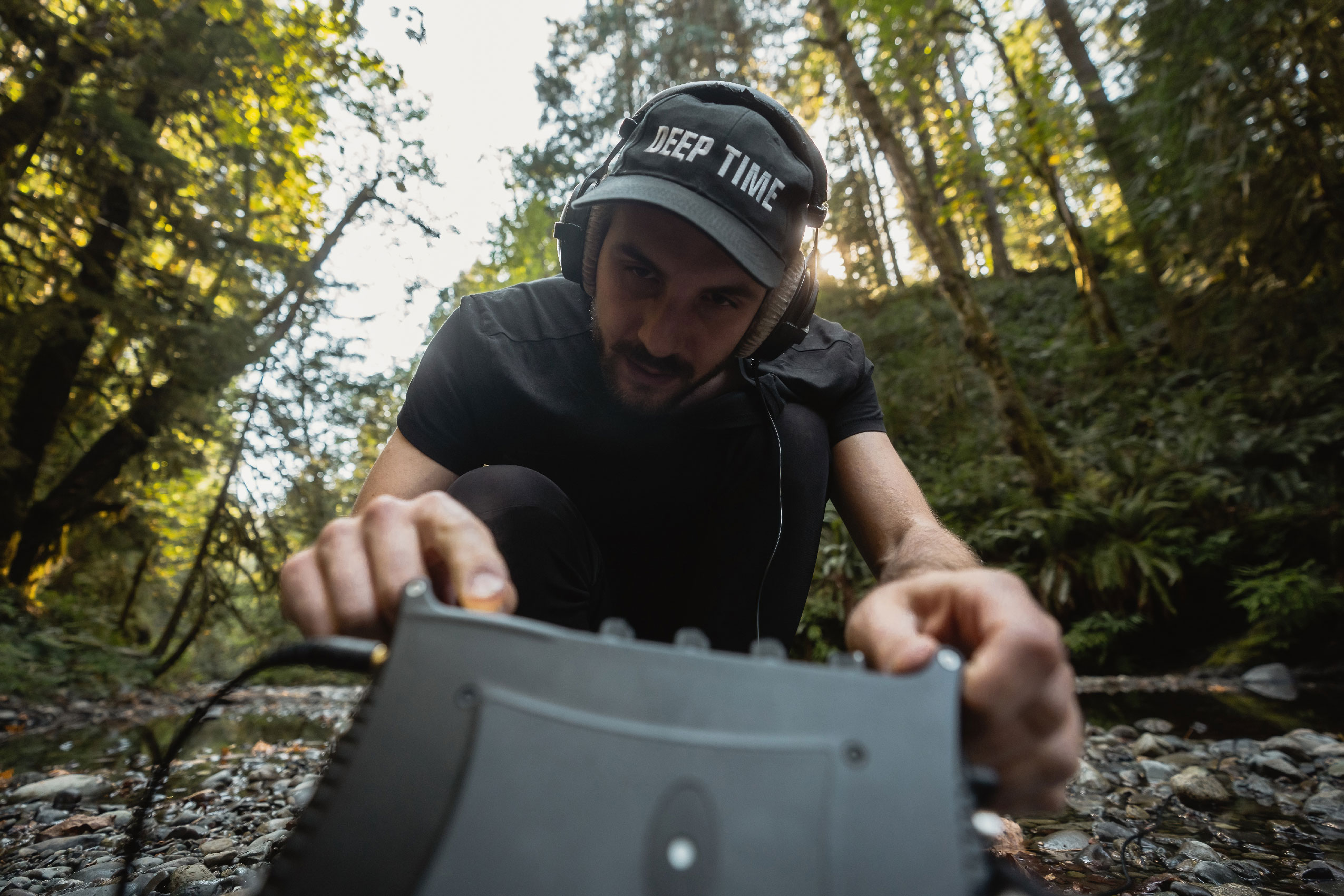
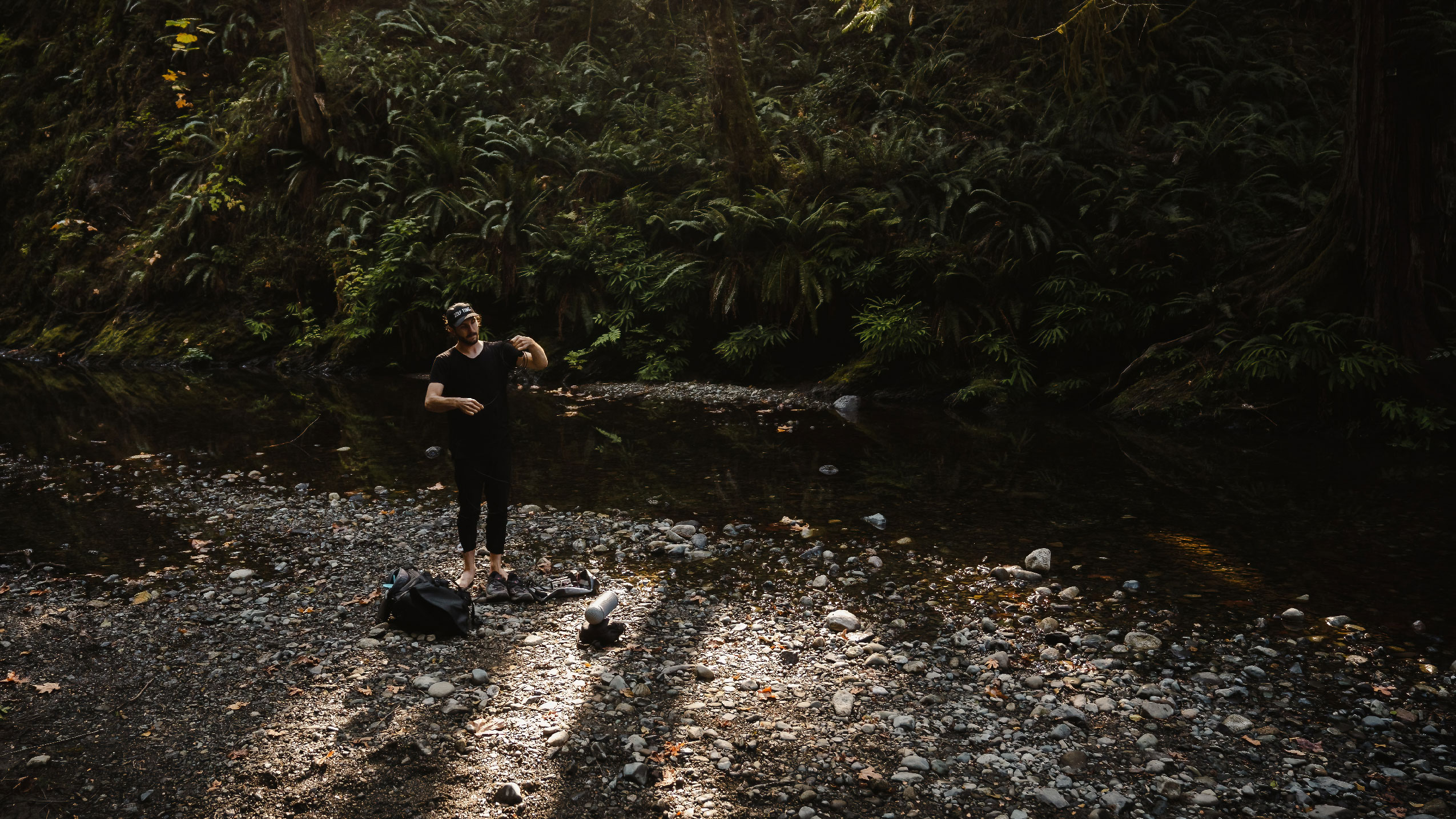
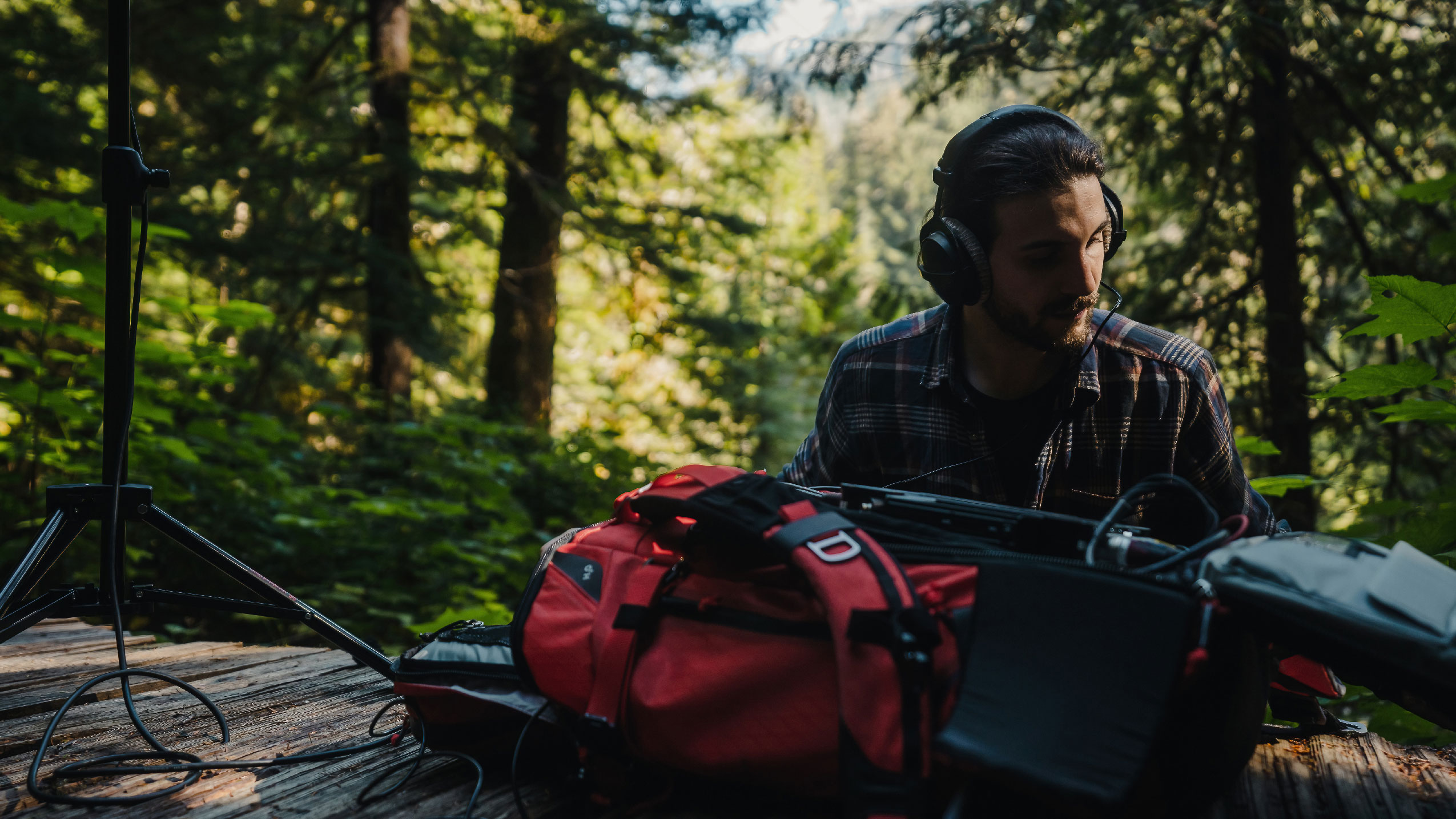
Discoveries in the field include reduced reproductive success in eastern bluebirds nesting near noisy natural gas compressors and an increased heart rate in monarch butterfly caterpillars when exposed to highway noise.
Mikkelsen evaluates potential quiet parks through soundscape recordings, which measure the amount of noise pollution in the area. If the “noise-free interval” is at least 15 minutes long, the area may have a chance at becoming what the organization calls a certified wilderness quiet park. Fifteen minutes doesn’t sound like much, but, as he explained, it’s hard to achieve even in relatively remote areas because of omnipresent aircraft. The first wilderness quiet park, Ecuador’s Zabalo River, was certified by Quiet Parks in April 2019 and the organization has since certified two American parks as well. In Canada, a quiet park is under consideration in Saskatchewan’s Grasslands National Park and six more natural areas, in countries including Namibia, South Africa and Poland are also being evaluated.
Kawchuk has spent the majority of his time as a sound recordist focused on the sounds of terrestrial ecosystems, but the problems with noise pollution do not end at our coastlines. “Because sound travels so efficiently under water … many species utilize sound as a means of interfacing with their world,” Kawchuk said. “It can be hard for us to empathize with species that have different senses than we do”.
Whales are one such species. Sound is to a whale what light is to a human — it helps them navigate the world.
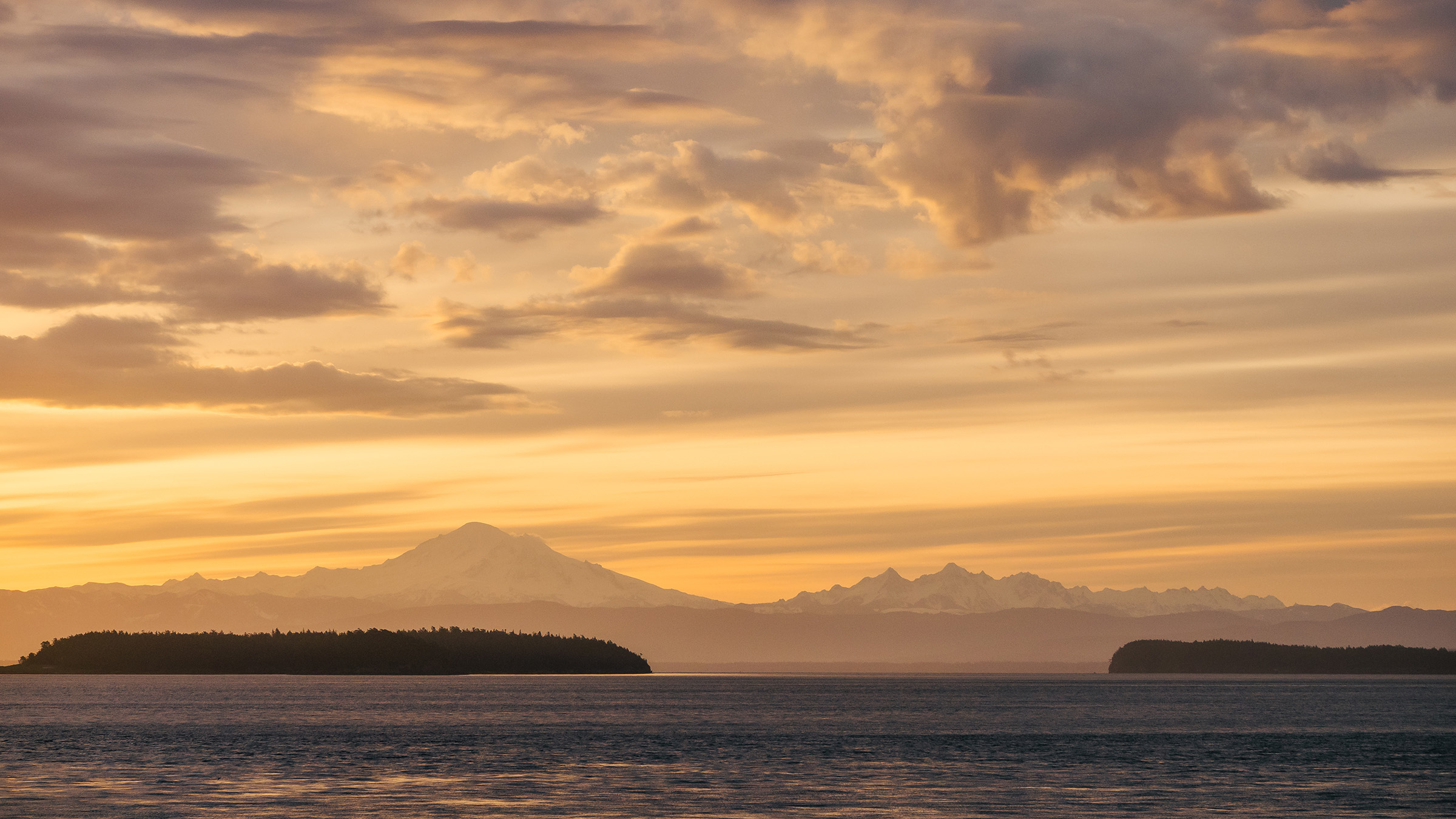
Whales use sound for nearly every aspect of their lives: to communicate, maintain contact, navigate, detect prey and avoid predators. This makes sense since water transmits sound much more efficiently than air — more than four times faster — and over much greater distances.
“The oceans have become an impossibly noisy place for cetaceans,” Valeria Vergara, co-director of the cetacean research program at the non-profit conservation science organization Raincoast, explained.
Vergara has been studying bioacoustics for more than two decades, since beginning her PhD research on beluga whale communication. She is now one of the world’s leading experts on cetacean communication.
“When the opportunity came to study beluga whales for my PhD, the most natural thing to do was to study their sounds,” she said. “Belugas are one of the most vocal mammals on the planet, along with humans.”
Common sources of what’s called anthropogenic or human-created noise can include anything from military sonar, seismic airguns, cargo ships to pleasure crafts — essentially, “any activity that injects noise into the ocean,” Vergara explained.
Two of Canada’s endangered cetacean species, southern resident killer whales in the Salish Sea and beluga whales in the St. Lawrence Estuary, are affected by vessel noise in two ways. First, vessel noise creates an “acoustic smog” that impairs whales’ ability to communicate with each other. Vergara likens whales’ experience to a person squinting to see through a thick layer of smoke.
“The ability of mothers and calves to stay in contact with each other is severely compromised by vessel noise,” she said, noting she published her findings in the journal Polar Research last year. “Whales can simply not hear each other in the parade of noise.”
In that study, Vergara and her colleagues found the communication range of adult belugas is 18 times larger than that of newborn calves, meaning quiet calves can have a hard time being heard by their mothers — especially if there’s anthropogenic noise drowning them out.
Noise also impacts whales’ ability to hunt, as the echolocation clicks whales rely on to locate prey are masked by the sounds of propellers. “So they’re compromising the ability of these animals to actually feed effectively, which is a real issue,” Vergara explained.
What can be done to give whales more peace and quiet? Vergara says the creation of acoustic sanctuaries, where vessel traffic is prohibited, benefits whales.
Despite a multitude of data pointing towards the potential benefits of these conservation areas, they have yet to be implemented permanently in the Salish Sea. However, the federal government has announced “interim sanctuary zones” near Saturna and Pender islands to “reduce acoustic and physical disturbance from vessels in key portions of southern resident killer whale critical habitat.” More details on this year’s interim sanctuary zones are to be released sometime this spring.
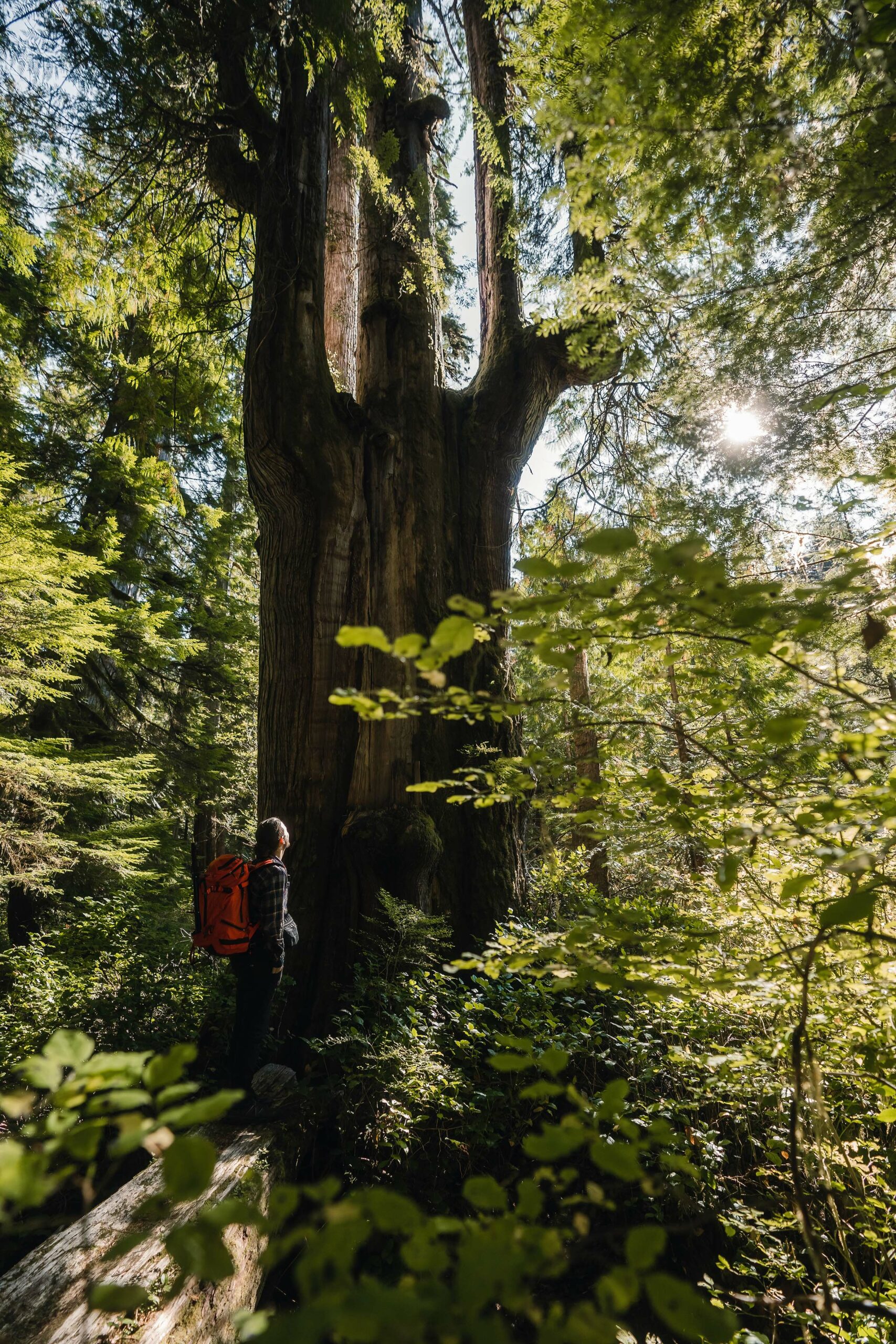
The sixth assessment report of the Intergovernmental Panel on Climate Change (IPCC) delivered a somewhat unsurprisingly dire conclusion — act now, or it will be too late. Kawchuk, experiences “crippling eco grief” at times, but said he finds some relief in knowing that he is using his skill set to make a difference, no matter how small.
“I think there’s so little that I feel particularly useful at but I have come to learn a lot about sound and recording outside,” he said. “This is something I can be uniquely skilled at.”
The Rockies are a magical place for Kawchuk. They are ancient coral reefs thrust into the sky, and they are new growth reaching for the sun. According to him, they are “everything at once,” and that’s the feeling, the energy, that he wanted to capture on his album Everywhen.
He describes Everywhen as a record not about a place but a record by a place. The manner in which the album was recorded — multiple speakers projecting vocals into the ethos, and multiple microphones simultaneously recording the subtle reverberations added by the natural features of Kananaskis — was intentionally designed to capture the musical signature of Kawchuk’s favorite place, especially because it might not exist, or at least sound the way it does today, for much longer. The common thread between the music that Kawchuk makes and his involvement with Quiet Parks is a love for the natural world.
“You protect what you love, and I just love the sound of a healthy forest,” he said. “I want to be able to experience that in the future.”
